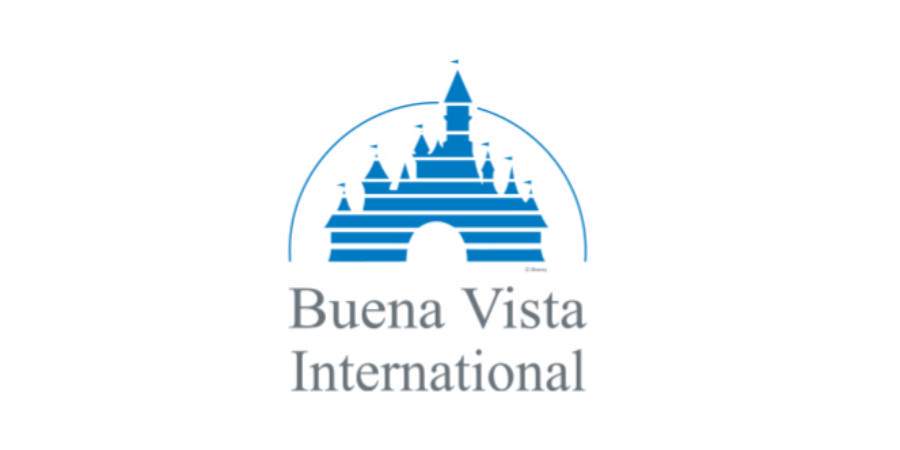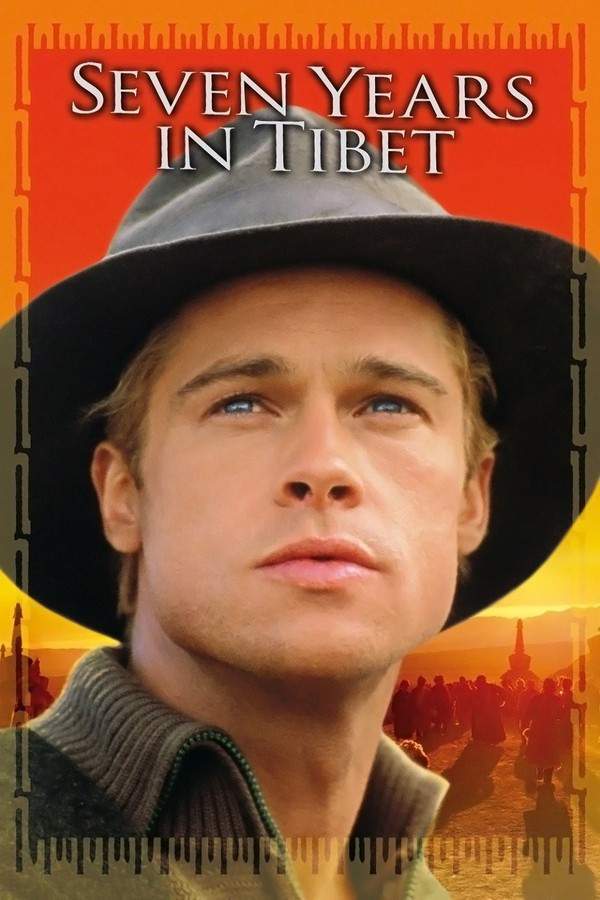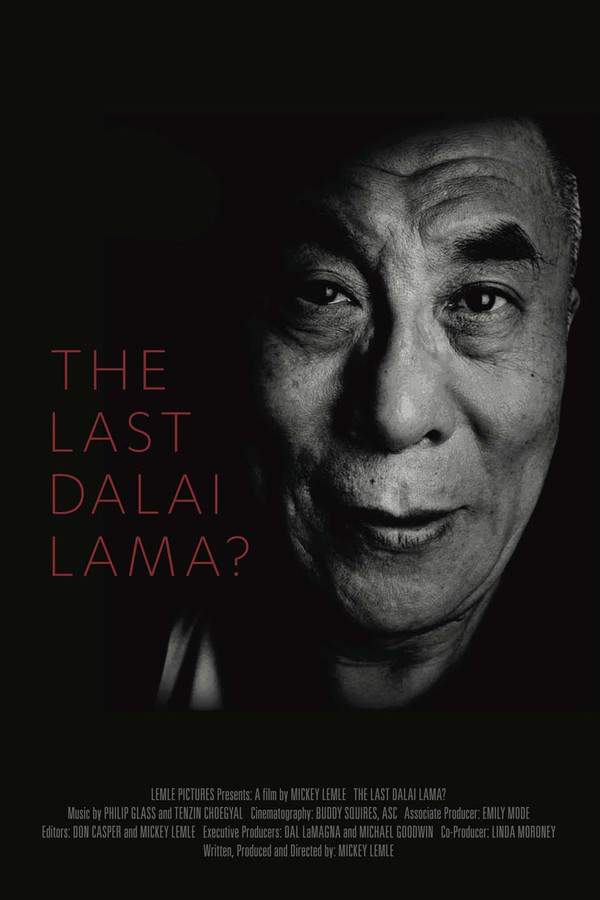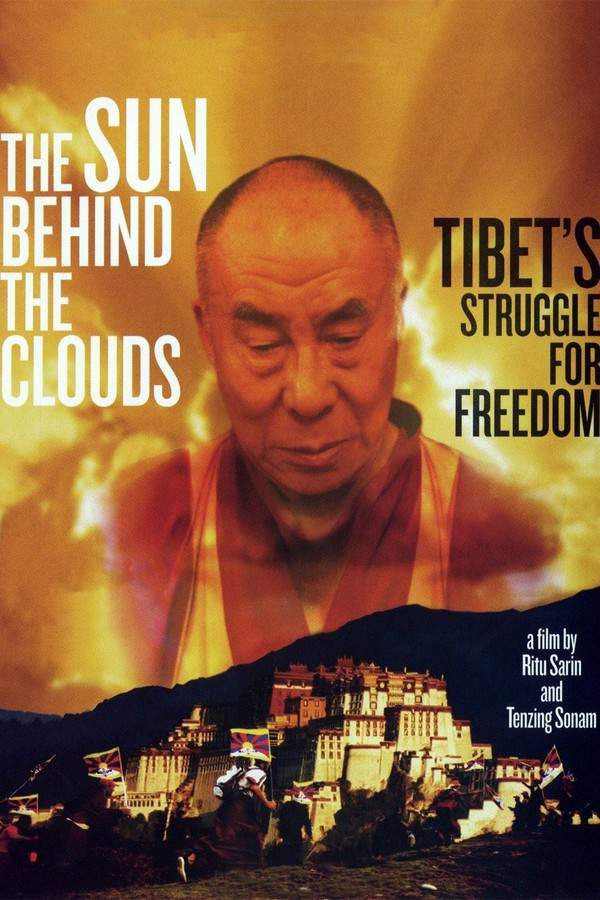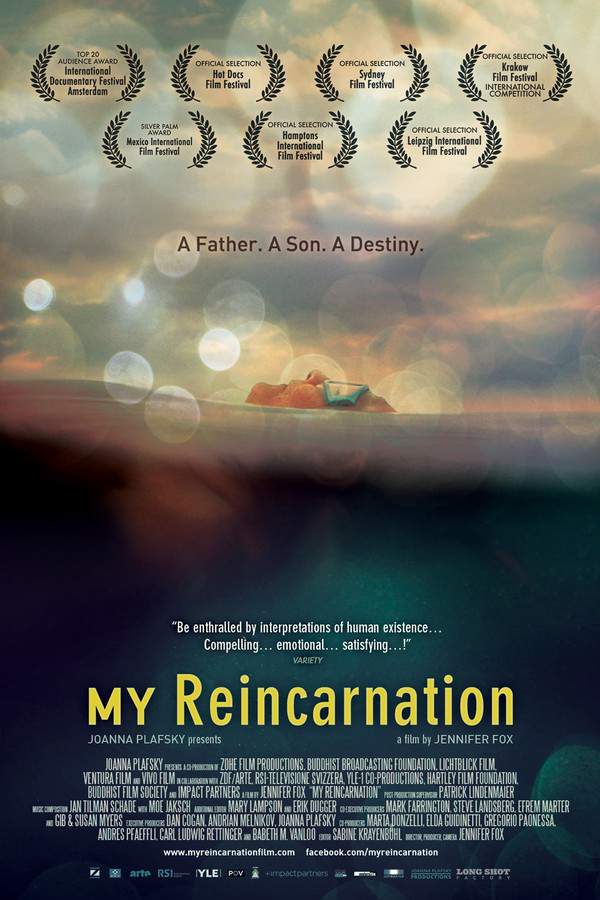Kundun 1997

A young Tibetan boy is recognized as the 14th Dalai Lama, the reincarnation of the Buddha of Compassion. The film chronicles his early years, under the guidance of spiritual advisors and family, as he embraces his destiny and prepares to lead his people. Directed by Martin Scorsese, the story follows his journey through childhood and adolescence, culminating in the Chinese invasion of Tibet and his subsequent exile, offering a moving portrayal of a spiritual leader’s extraordinary life.
Does Kundun have end credit scenes?
No!
Kundun does not have end credit scenes. You can leave when the credits roll.
Meet the Full Cast and Actors of Kundun
Explore the complete cast of Kundun, including both lead and supporting actors. Learn who plays each character, discover their past roles and achievements, and find out what makes this ensemble cast stand out in the world of film and television.
External Links and Streaming Options
Discover where to watch Kundun online, including streaming platforms, rental options, and official sources. Compare reviews, ratings, and in-depth movie information across sites like IMDb, TMDb, Wikipedia or Rotten Tomatoes.
Ratings and Reviews for Kundun
See how Kundun is rated across major platforms like IMDb, Metacritic, and TMDb. Compare audience scores and critic reviews to understand where Kundun stands among top-rated movies in its genre.

74
Metascore
7.3
User Score


74%
TOMATOMETER

78%
User Score

7.0 /10
IMDb Rating

68
%
User Score
Take the Ultimate Kundun Movie Quiz
Challenge your knowledge of Kundun with this fun and interactive movie quiz. Test yourself on key plot points, iconic characters, hidden details, and memorable moments to see how well you really know the film.
Kundun Quiz: Test your knowledge about the movie 'Kundun', exploring the life of the 14th Dalai Lama and the historical events surrounding his journey.
What year does the narrative of 'Kundun' begin?
1930
1935
1937
1940
Show hint
Awards & Nominations for Kundun
Discover all the awards and nominations received by Kundun, from Oscars to film festival honors. Learn how Kundun and its cast and crew have been recognized by critics and the industry alike.
70th Academy Awards 1998
Art Direction
Cinematography
Costume Design
Music (Original Dramatic Score)
55th Golden Globe Awards 1998
Best Original Score
Full Plot Summary and Ending Explained for Kundun
Read the complete plot summary of Kundun, including all major events, twists, and the full ending explained in detail. Explore key characters, themes, hidden meanings, and everything you need to understand the story from beginning to end.
The film unfolds in a linear timeline, spanning the years 1937 to 1959, primarily set in Tibet with brief scenes in China and India. The story begins with the quest for the 14th mindstream emanation of the Dalai Lama. Following a vision by Reting Rinpoche, the regent of Tibet, a group of lamas, disguised as servants, discovers a promising young boy born into a farming family in Amdo, near the Chinese border.
To determine if this child is indeed the chosen one, the lamas conduct a test where he must identify objects that belonged to the previous Dalai Lama. The child successfully passes this challenging test and is subsequently taken to Potala Palace in Lhasa, where he is destined to be installed as the Dalai Lama upon reaching adulthood.
As their journey progresses, the child feels a deep sense of homesickness and fear, but Reting comforts him by recounting the tale of the first Dalai Lama, affectionately referred to as “Kundun.” As time goes on, the boy matures, evolving not only in age but also in wisdom and understanding. A power struggle ensues, leading to Reting’s imprisonment and tragic death, after which the Dalai Lama begins to assume a more active role in both governance and religious matters.
Simultaneously, the Chinese communists, having recently claimed victory in their revolution, are asserting that Tibet is traditionally part of Imperial China and express a desire to re-integrate it into the newly-established People’s Republic of China. Despite Tibet’s desperate appeals to various nations, including the United Nations, the United States, the United Kingdom, and India for help, the situation takes a dire turn when Chinese Communist forces invade Tibet. Initially presenting a facade of assistance, the Chinese quickly turn oppressive as the Tibetans resist their efforts to reorganize and reeducate their society.
In the face of ongoing atrocities against his people, the Dalai Lama decides to meet with Chairman Mao Zedong in Beijing. During their meeting, Mao outwardly sympathizes with the Tibetan plight but later reveals his true sentiments, declaring that “religion is poison” and branding Tibetans as “poisoned and inferior” due to their beliefs. Upon returning to Tibet, the Dalai Lama learns of further horrors inflicted upon his people, prompting them to nullify their treaty with China and initiate guerrilla warfare.
When the Chinese express their intention to kill him, the Dalai Lama’s family and his Lord Chamberlain persuade him to flee to India. After consulting the Nechung Oracle for guidance on the safest escape route, the Dalai Lama and his entourage don disguises and stealthily exit Lhasa under cover of darkness. Their grueling journey is fraught with danger, as they are relentlessly pursued by the Chinese. During this time, the Dalai Lama becomes gravely ill and experiences two profound visions, first believing that their journey to India will be auspicious, and similarly, that their eventual return to Tibet will hold promise.
Ultimately, they reach a small mountain pass at the Indian border. As the Dalai Lama approaches the guard post, an Indian soldier greets him, saluting and asking, “Are you the Lord Buddha?” The Dalai Lama responds with the film’s poignant closing line: > “I think that I am a reflection, like the moon on water. When you see me, and I try to be a good man, you see yourself.” Upon arriving at his new home, he unpacks his telescope and steps outside, setting it up to gaze towards the Himalayas—and towards Tibet. The film concludes with the powerful lines on screen: “The Dalai Lama has not yet returned to Tibet. He hopes one day to make the journey.” These words gracefully dissolve into the darkness as the credits roll.
Uncover the Details: Timeline, Characters, Themes, and Beyond!

Coming soon on iOS and Android
The Plot Explained Mobile App
From blockbusters to hidden gems — dive into movie stories anytime, anywhere. Save your favorites, discover plots faster, and never miss a twist again.
Sign up to be the first to know when we launch. Your email stays private — always.
Watch Trailers, Clips & Behind-the-Scenes for Kundun
Watch official trailers, exclusive clips, cast interviews, and behind-the-scenes footage from Kundun. Dive deeper into the making of the film, its standout moments, and key production insights.
Cars Featured in Kundun
Explore all cars featured in Kundun, including their makes, models, scenes they appear in, and their significance to the plot. A must-read for car enthusiasts and movie buffs alike.
Kundun Themes and Keywords
Discover the central themes, ideas, and keywords that define the movie’s story, tone, and message. Analyze the film’s deeper meanings, genre influences, and recurring concepts.
Kundun Other Names and Titles
Explore the various alternative titles, translations, and other names used for Kundun across different regions and languages. Understand how the film is marketed and recognized worldwide.
Similar Movies To Kundun You Should Know About
Browse a curated list of movies similar in genre, tone, characters, or story structure. Discover new titles like the one you're watching, perfect for fans of related plots, vibes, or cinematic styles.
Quick Links: Summary, Cast, Ratings, More

What's After the Movie?
Not sure whether to stay after the credits? Find out!
Explore Our Movie Platform
New Movie Releases (2025)
Famous Movie Actors
Top Film Production Studios
Movie Plot Summaries & Endings
Major Movie Awards & Winners
Best Concert Films & Music Documentaries
Movie Collections and Curated Lists
© 2025 What's After the Movie. All rights reserved.


